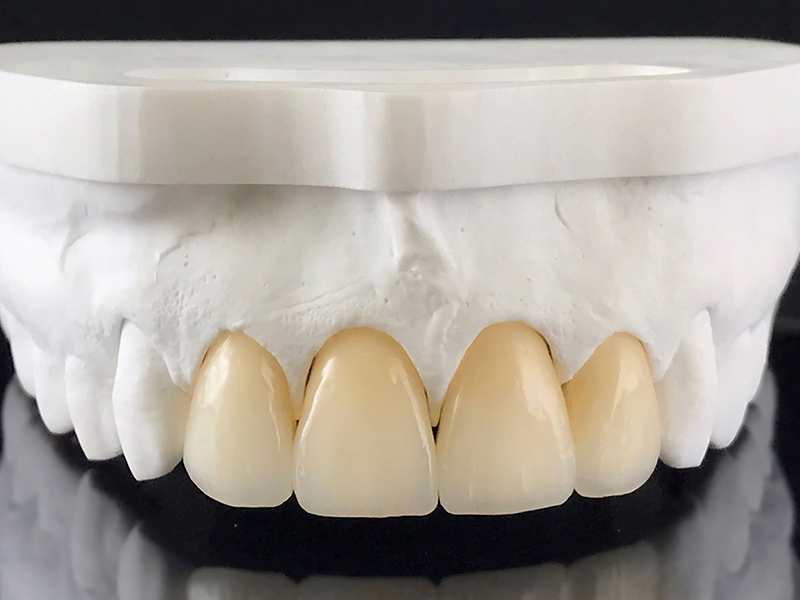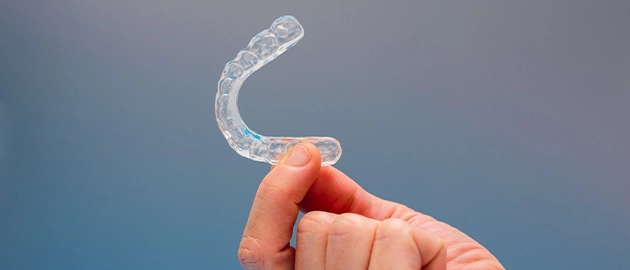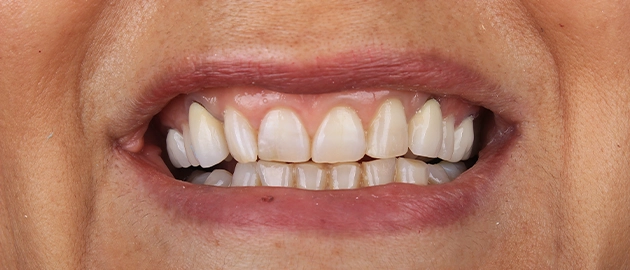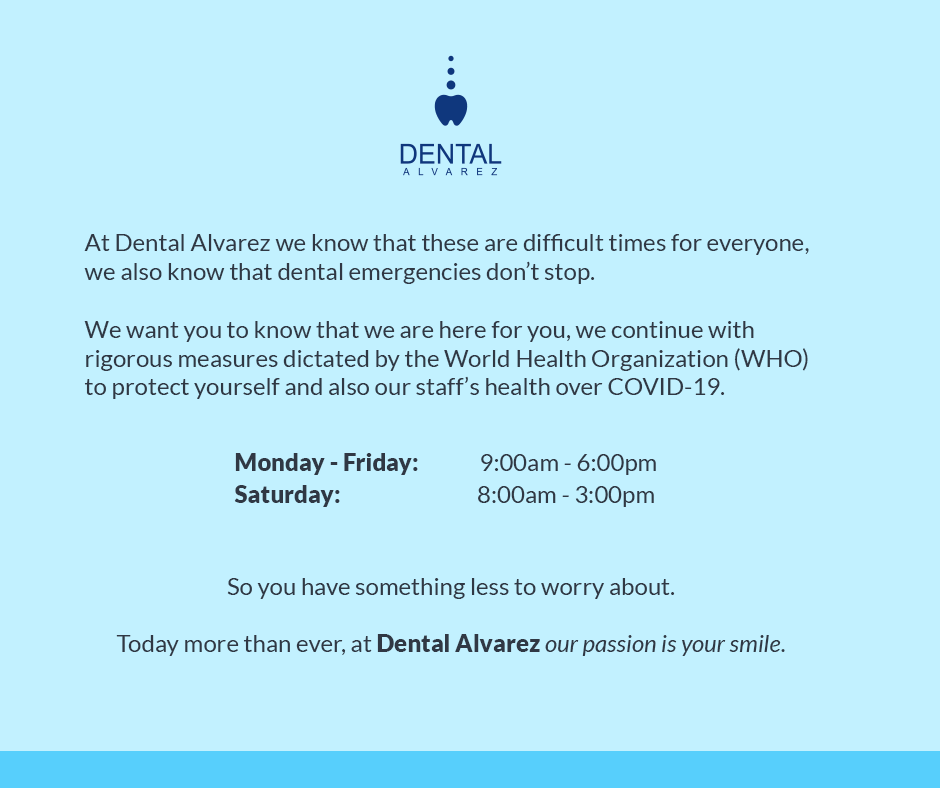
Dr. Ricardo Alvarez Orozco | Dental Implant Specialist
September 24, 2016
What to do: If you feel pain inside or around your one or more of your teeth
September 24, 2016Is it worth investing on a Dental Night Guard?

Also known as occlusal splint and occlusal guard, the night guard is a plastic piece that is placed at night (hence the name) on the teeth by way of a protective plastic in order to prevent any additional damage to dentures in patients with bruxism, i.e., people who tend to clench or grind their teeth.
Bruxism is a very common condition, as occurs in people who are daily subjected to much stress (millions around the world), and as a result they tend to tightly grip their teeth at night, in a natural response of the body in an attempt to release tension.
Because this is a situation that occurs while the patient is asleep, if the person suffering from bruxism lives alone or his companion tells him nothing about it, you may hear it too late and teeth (and gums) have already suffered considerable wear due to friction between them, or even having other conditions such as severe headaches.

The solution to this problem is to use a dental night guard, which is built specifically for each patient, taking steps to achieve not only better performance but also maximum comfort for a successful outcome. The material used for manufacturing is transparent acrylic resin with its edges slightly marked.
In most cases, the patient only needs to use it in the upper teeth, but there are extreme cases of teeth grinding which require to be used both at the upper and lower denture.
Dental night guard development is part of our one visit dentistry procedures.
The dentist takes an impression of the patient’s teeth so that the guard can be personalized and so perfectly suited to the patient’s bite. After this visit, the impression is sent to a dental laboratory to be built for the resin of the guard, and once it’s in, the presence of the patient is requested in order to deliver his guard and tell him how to place it properly and the care necessary of the unit.
As a “strange” object to the body, it takes some time for the patient to get used to using your guard, it’s very common in the early days for some discomfort to occur, a situation that gradually decreases and is rewarded after about a month of use, which is the approximate time in which the patient is able to see an improvement in symptoms and grinding.





